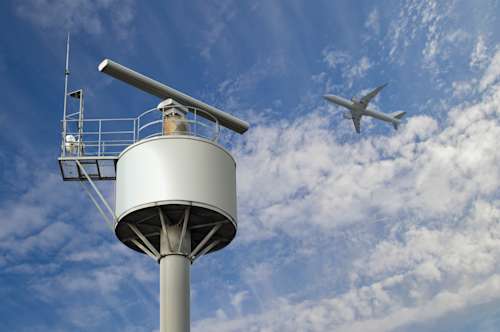What is the Higg Facility Social & Labor Module (Higg FSLM)?
The Higg Facility Social and Labor Module (Higg FSLM) is one of five tools that go together to form the Higg Index.
Brands, manufacturers and retailers in the apparel, footwear and home textiles industry can use Higg FSLM to assess social and labor conditions at their factories and facilities. With Higg FSLM, businesses have a standardised system to work to when assessing conditions at facilities. Having a standardized system not only makes it easier to assess conditions, but also makes it easier to compare figures and find ways to make improvements.
What is the Higg Index?
The Higg Index is a program launched in 2019 by the Cascale (formerly known as The Sustainable Apparel Coalition (SAC), an alliance created to promote sustainable production in the apparel, footwear and home textiles industry.
The Higg Index is a suite of standardized measurement tools that are used to provide visibility into different matters in supply chains. The Higg tools provide a clear, accurate way of measuring the environmental and social impact of making and selling a particular product. They also provide a roadmap for continuous improvement.
The other tools that go with the Higg Facility Social and Labor Module to make up the Higg Index are the Higg Facility Environmental Module (FEM), the Higg Brand & Retail Module (BRM), the Higg Materials Sustainability Index (MSI), and the Higg Product Module (PM).
What does the Higg Facility Social and Labor Module assess?
Higg FSLM assesses the social and labor conditions present in a facility and the effectiveness of social management programs.
The Higg Facility Social & Labor Module covers:
Recruitment and hiring
Working hours
Wages and benefits
Employee treatment
Employee involvement
Health and safety
Termination
Management systems
Empowering People and Communities
The matters covered in Higg FSLM are closely related to what’s covered in the alternative assessment program - the Social and Labor Convergence Program (SLCP). To ensure that there is consistency in measurement throughout the industry, the structure of Higg FSLM is built on the SLCP framework.
How does Higg FSLM verification (vFSLM) work?
A facility should conduct a Higg Index self-assessment at least once per year. The assessment will take around 3-6 weeks to complete and requires a facility to answer questions and provide data related to the sustainability of its operations.
Once completed, self-assessments can then be verified according to the SLCP verification process. This is an optional step, but verification will improve the credibility of the score. On top of this, verification also improves the consistency and comparability of scores.
The FSLM verification process involves an official verifying body reviewing the facility’s answers to the self-assessment and determining the accuracy of those answers through an on-site assessment.
An overview of the process that a facility will go through during verification is as follows:
The facility completes and posts their self-assessment and then purchases verification.
The facility selects a verification body from the available options.
The verification body confirms and assigns a verifier.
The verifier and facility arrange a time for verification to take place.
They then complete the verification process and the verifier completes the vFSLM documentation.
vFSLM is completed, and the facility has 14 days to review and dispute anything in the vFSLM assessment before it’s finalized and posted. After this, the information is made available to view.
Once assessments are performed, the results are benchmarked by facility type so that factory management, brands and retailers can compare performance levels against similar facilities. Benchmarking also provides facilities with a baseline for performance to assess improvements over time.
Throughout the assessment process, facilities also receive clear guidance on areas for improvement.
Higg FSLM verification is offered in 30 countries.
Is Higg Index verification worthwhile?
Verification ensures that data captured and shared on the Higg platform is wholly accurate and can be trusted by external stakeholders. Official, verified results are captured on Higg.org and can be shared with business partners in lieu of having another verification conducted. This reduces or eliminates “audit fatigue”. In addition, results can also be tracked through time to allow companies to demonstrate year-on-year improvements.
Need more information?
By contacting QIMA you agree to our privacy policy and terms and conditions
How is QIMA involved?
QIMA is an approved verifying body for the Higg Facility and Social Labor Module, enabling brands to accurately measure social and labor conditions in manufacturing facilities all over the world.
The QIMA Benefits
In-depth local knowledge with auditors attuned to the culture, laws and practices of their region.
CSR experts receive regular training on regulations and best practice.
Global coverage across 100 countries in Asia, Africa, Europe, North and South America.
Continuous improvement approach drives long-term change and empowers suppliers to act.
Online program management book audits, make payments and download detailed reports.
Custom compliance dashboard to assess supplier performance, track progress and visualize your supply network.




